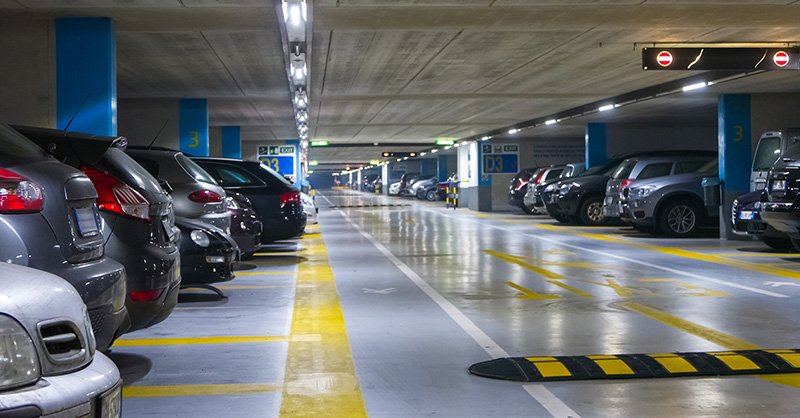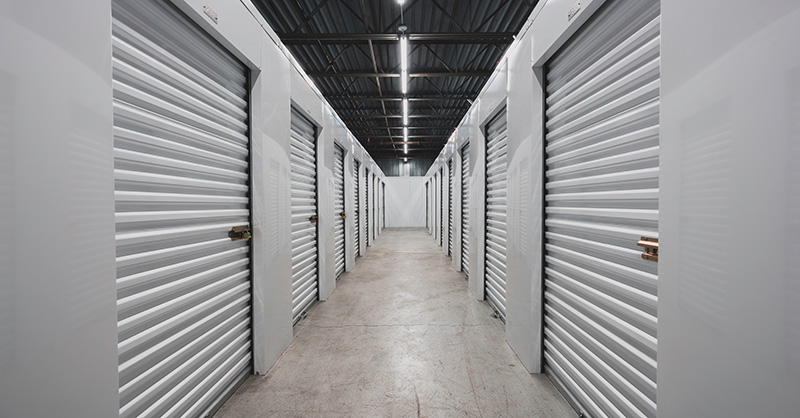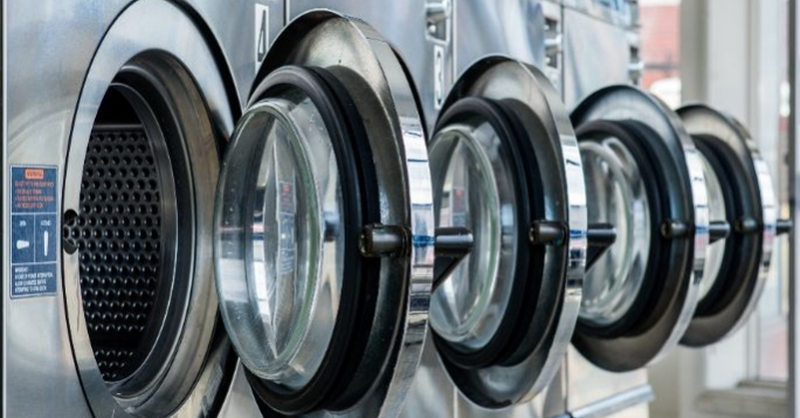Fire Risks in Parking Structures Ignited by Electrical Vehicles

For property owners, parking structures can easily be overlooked from a fire protection standpoint. They often have heavy concrete construction with natural ventilation from open-air design. Activity is typically limited to parked vehicles. Whether standalone or attached to a main structure, like an office or apartment building, it can appear like they “run themselves” and that risk is minimal.
Realistically, parking structures have their own unique set of evolving exposures like any other class of building, and these include certain property hazards. One of, if not the most, significant exposure is the flammable/combustible materials in the vehicles themselves. Recent trends have proven this continues to be the case.
The Problem: It’s More than Car Battery Fires. Combustible Plastics Play a Role, Too.
Parking structure fires have become an increasing problem in recent years. Specifically, they have become more aggressive and difficult to extinguish, resulting in much more significant levels of damage.
The primary reason for this is an increase in the use of highly combustible plastic in the modern automobile, which is ~50% plastic by volume and ~10% plastic by weight. This design is driven by industry competition to improve gas mileage or electric vehicle (EV) drive range through reduced vehicle weight.
To illustrate the issue, first consider a 5-story parking structure fire that occurred in the U.K. on New Year's Eve 2017. The blaze lasted for 40 hours until it was considered under control. The local fire department was able to control the blaze by burning up all the available fuel in the structure (there were no vehicles in the structure).
Now contrast this with fire data from 1997, which shows that 95% of parking structure fires inside the U.S. were controlled within 1 hour.
As electric vehicles become more common, knowledge continues to increase about how they react under fire conditions.
One contributing factor is a process called "thermal runway" which occurs when the heat within a battery is greater than the heat that can dissipate to the ambient surroundings.
Batteries can overheat while recharging, or occur if a cell fails while the vehicle is being operated, including being parked. This type of failure produces oxygen and gases that are toxic with the potential to be flammable. Vehicle batteries are essentially bundles of these cells inside of a plastic container, the failing of one can trigger the same in neighboring cells. This will lead to an intense fire or if modern plastic is involved, perhaps an explosion.
How Has the Industry Responded?
In order to address this increasing problem, the discussion on fire protection industry has centered around three NFPA codes, two of which will undergo changes:
- NFPA 13 / Standard for the Installation of Sprinkler Systems - The recommended classification for parking structures is changing from Ordinary Hazard Group 1 to Ordinary Hazard Group 2.
- NFPA 88A / Standard for Parking Structures - All parking structures will now be required to have fire sprinkler systems installed to NFPA 13 standards. Prior to this change, only enclosed parking structures were required to have sprinkler protection.
- NFPA 70 / National Electrical Code / Article 220 - This section addresses branch circuit, feeder, and service load calculations for electrical equipment, which includes EV recharging stations. The requirement for the EV supply equipment load is that it be calculated at either 7,200 watts OR the nameplate of the equipment, whichever is greater. This requirement is NOT changing.
What Can You Do to Protect Your Parking Structure from Car Fires?
From evaluating and upgrading sprinkler systems to ensuring proper electrical maintenance and emergency planning, the following precautions are crucial to minimize risks and ensure the well-being of occupants and property alike.
Sprinkler System Evaluations
Protective measures such as installing a sprinkler system or increasing its design density to better suit the building could have a significant impact for parking structure owners.
If your sprinkler system was installed using an Ordinary Hazard Pipe Schedule or designed using an Ordinary Hazard Group 2 (or higher) system, the design is already adequate. Please continue to evaluate sprinkler system maintenance and water supplies on a routine schedule.
If your sprinkler system is designed for an Ordinary Hazard Group 1 criteria or lower, the design is not adequate. However, the system may still be capable of providing the required density for an Ordinary Hazard Group 2 occupancy. This depends on the strength of the existing water supply. In this situation, it is best to consult a fire protection engineer to evaluate the existing system and water supply, to discuss this process as well as be the person to review the sprinkler system calculations and blueprints for insurance purposes.
There may be cases where we would be installing a new fire sprinkler system. In these cases, contact your property insurance carrier to discuss the consultation and review the sprinkler calculations/blueprints.
Electrical Maintenance
Regular electrical maintenance, including inspections, repairs, and replacements as needed, serves as a proactive measure to identify and rectify potential hazards before they escalate.
Check UL Listings
Look for the following UL – listings on EV equipment:
- EV charging equipment listed to UL 2594 (Standard for EV Charging System Equipment)
- EV charging stations listed to UL 2202 (Standard for EV Charging System Equipment)
- Wireless power transfer equipment listed to UL 2750 (UL LLC Outline of Investigation for Wireless Power Transfer Equipment for EV)
Use Thermal Imaging for Electrical Inspections
Regular thermal imaging of breakers associated with EV charging stations is a valuable tool for preventing incidents. As more electric vehicles enter our world, electric recharging stations are increasingly added to existing installations. These additions may have unexpected effects on the existing electrical and they are particularly vulnerable to poor installations typically from inadequate preparation.
Conduct Routine Maintenance
Don’t treat the parking structure differently than a "normal" building. Make electrical system maintenance a regular topic of discussion. Ask relevant questions:
- Has a spike in the electrical usage/bill occurred since recharge stations were installed?
- Have circuit breakers tripped?
- What preventative measures are in place?
- How often are thermal imaging scans conducted?
Emergency Planning
- Ask questions about whether the local emergency authorities have conducted tours of the facility as well as preparing an emergency response plan that considers the EV recharging equipment, especially if the equipment is something that has been added to an existing structure or installation.
- Locate the utility shut-offs. Designate someone responsible for knowing their location, how to operate them, and under what circumstances they should be used.









